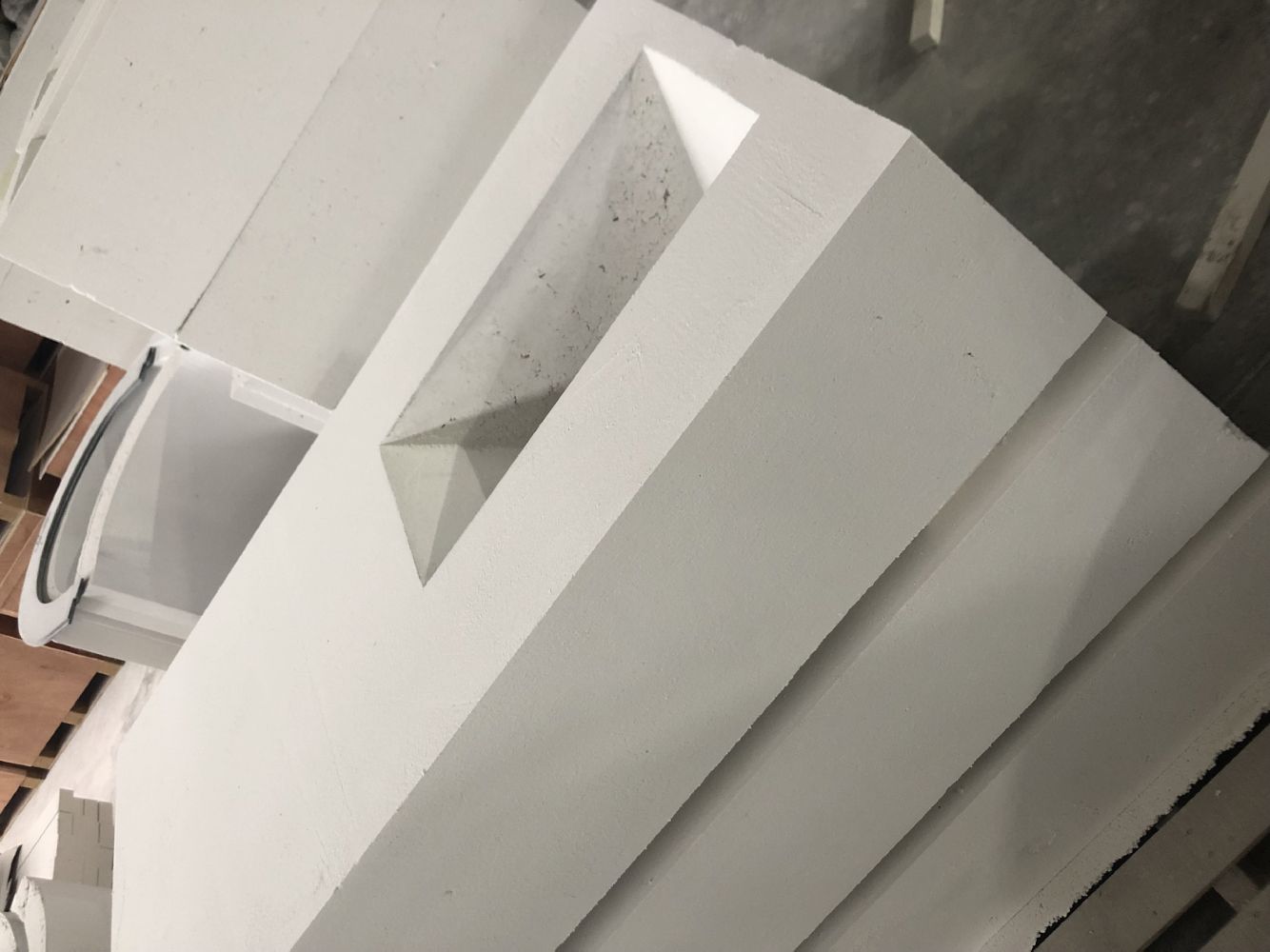The Intricate Production Process of Polycrystalline Fiber board
Polycrystalline fiberboard has emerged as a fundamental material for high - temperature applications, owing to its distinctive properties. These outstanding characteristics are a direct consequence of a precisely defined and intricate production process.
1. Raw Material Selection
The journey of polycrystalline fiber board begins with the careful selection of raw materials. High - purity oxides, typically alumina (Al₂O₃), are the primary components. The purity of these oxides is crucial, as even trace impurities can significantly affect the final properties of the fiberboard. For instance, a high - grade alumina powder with a purity of 95% or higher is often used. This ensures that the resulting polycrystalline fiber board can withstand extreme temperatures and exhibit excellent thermal and mechanical properties.
2. Fiber Formation
Once the raw materials are selected, they undergo a fiber - formation process. One common method is the sol - gel technique. In this process, the raw materials are mixed with solvents and other additives to form a homogeneous sol. The sol is then transformed into a gel through a series of chemical reactions. After that, the gel is spun or drawn into fine fibers. These fibers are extremely fine, with diameters in the micrometer range. Another method is the electrospinning process, which uses an electric field to draw charged polymer solutions containing the raw materials into fibers.

3. Board Assembly
The formed fibers are then assembled into a board structure. First, the fibers are dispersed in a liquid medium to create a uniform suspension. This suspension is then poured onto a porous mold. Through a process called filtration, the liquid is removed, and the fibers are deposited onto the mold, forming a mat - like structure. Binders are often added during this stage to hold the fibers together and enhance the mechanical strength of the board.
4. Sintering
The final step in the production process is sintering. The assembled polycrystalline fiber board is heated to a high temperature, typically above 1500°C. This high - temperature treatment densifies the fiberboard, improving its mechanical and thermal properties. During sintering, the fibers bond together, forming a more robust and durable structure. The sintering process also helps to remove any remaining impurities and volatile components, further enhancing the quality of the polycrystalline fiberboard.
In conclusion, the production process of polycrystalline fiber board is a complex and highly controlled operation. Each step plays a crucial role in determining the final properties of the material. Understanding this process helps industries make informed decisions when selecting polycrystalline fiber board for their specific applications.
Inquiry Now
Please leave your e-mail and we will contact you as soon as possible
contact us
Your satisfaction is our top priority. Whether you have questions, need support, or want to share feedback, our dedicated team is ready to assist you every step of the way.